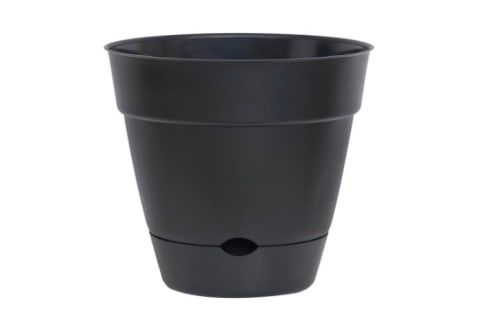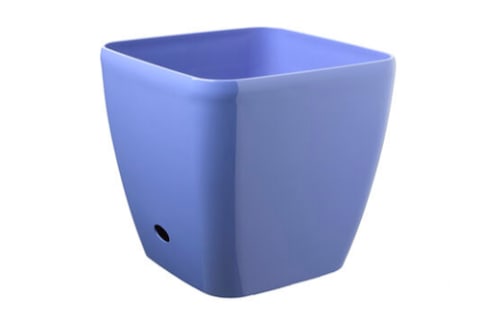When a houseplant receives too much water, that water sits at the bottom of the pot, oversaturates the roots, and makes capillary action impossible, which is why overwatering is a leading cause of root rot and plant death. But since self-watering planters keep the water supply separate from your actual plant, they don’t drown roots. When a houseplant doesn’t get enough water, the water it does get tends to stay on top of the soil, drying out the roots below. As long as your self-watering planter is refilled with water periodically, you don’t have to worry about this either. All you need to do to keep them running smoothly is refill their water chamber when it runs low. The number of times you’ll need to do so will depend on the type of plant, sunlight levels, and time of year, but it’ll usually be every three weeks or so. In between refills, Bullene says you can continue to water the top of your plants lightly every so often to raise humidity levels around their leaves. Misting your plant’s leaves, then wiping them down with a microfiber towel periodically can also ensure that they don’t get clogged with dust, which can mess with their ability to photosynthesize. Other than that, your self-watering planter should handle everything else in the water department. Emma received her B.A. in Environmental Science & Policy with a specialty in environmental communications from Duke University. In addition to penning over 1,000 mbg articles on topics from the water crisis in California to the rise of urban beekeeping, her work has appeared on Grist, Bloomberg News, Bustle, and Forbes. She’s spoken about the intersection of self-care and sustainability on podcasts and live events alongside environmental thought leaders like Marci Zaroff, Gay Browne, and Summer Rayne Oakes.





